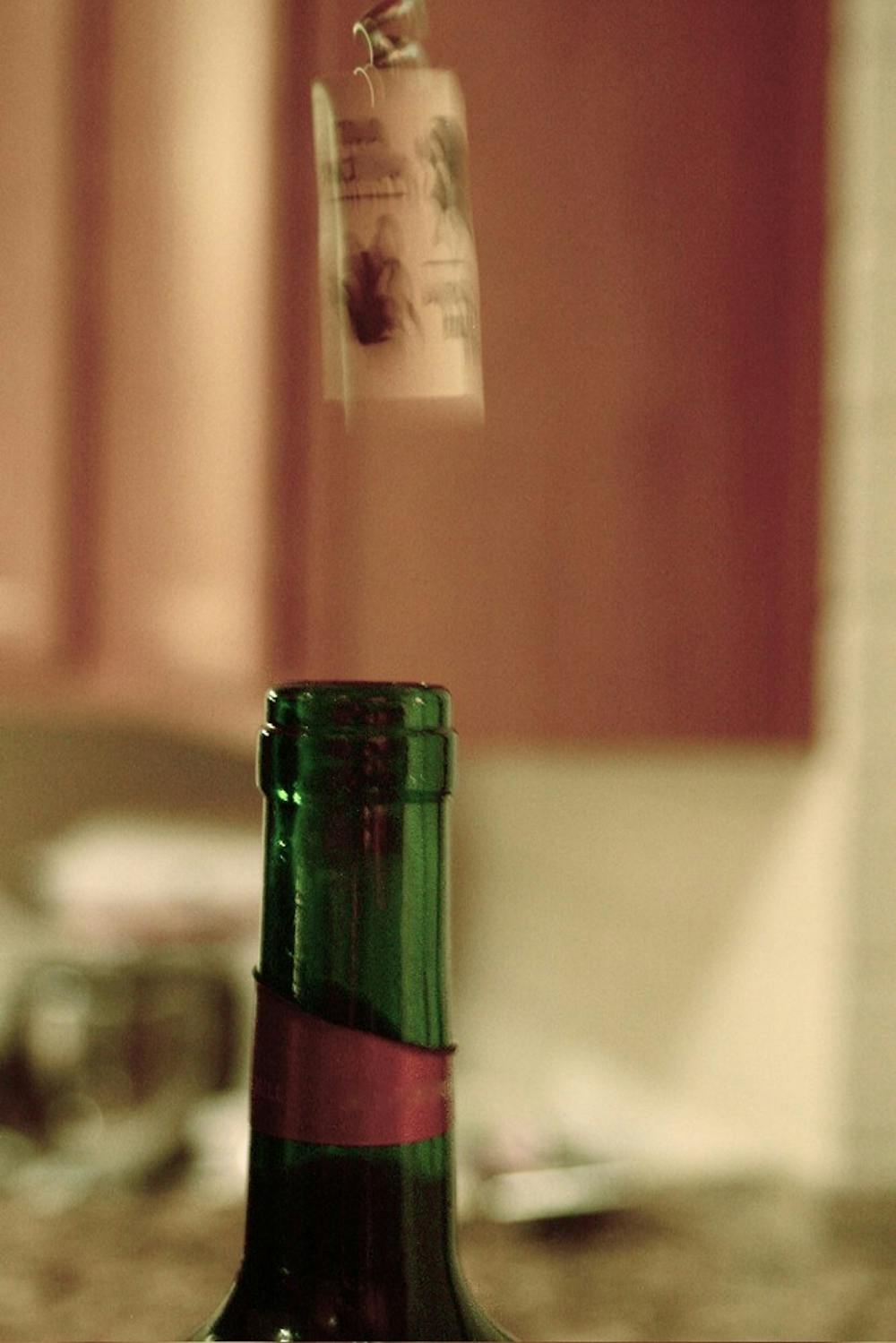
There's a big misconception that wine drinkers are only middle-aged parents or snooty hipsters. Another misconception with wine is that you can’t afford to become knowledgeable unless you are a middle-aged parent or snooty hipster with the salary to support it.
This is so wrong. Not only can a young, intelligent college student develop a taste for wine, they can become an oenophile (wine connoisseur) on a college budget. Don’t be fooled by price, either: just because a bottle has a $120 price tag doesn’t mean it’s any better than the $12 bottle on the bottom of the shelf.
1. Educate Yourself
Wine education for the most part can be free by research on the Internet or visiting your local library and checking out a book on wine. When it comes to wine there are many different things to learn: how wine is made, what makes one wine taste different from another, how location affects flavor, how the use of barrels affect flavor, why certain wines are aged and the different types of grape varieties.
One of the most well-known books on wine is The Wine Bible by Karen MacNeil; it's over 900 pages long and around $15. There are also free wine clubs and email newsletters. You could even make a wine club with all of your friends. Every week you research and try a new bottle, or try three and split the price.
2. Go to a Wine Tasting or Appreciation Class

These tastings are usually free of cost to around $10 at the most. The venue offers a tasting of multiple wines. Some local places that have wine tastings are Bacchus and WineStyles. Also, the Phoenix Public Market close to ASU Downtown has free tastings on Wednesdays. If you check with your local wine or liquor store they probably do a tasting every few weeks for free to encourage business.
When you taste wine the host will describe to you how to taste wine most efficiently. The steps are to swirl, smell and then taste. When you taste different wines look for quality, intensity of flavor, flavor notes and the finish. A very important tip is to remember that wine is very subjective. If the host of a wine tasting tells you the flavor note to a wine is strawberry and you taste cinnamon you aren’t a wine failure.
3. Go to Wine-Friendly Restaurants
Locally there are many different restaurants with extensive wine lists. Gaining a palette for wine will only enrich your dining experiences. The flavor of foods is intensified or complimented by pairing them with wine. Make sure to look for restaurants with rotating wines by the glass and happy hour specials. By ordering glasses versus bottles you have the ability to try lots of different wine without breaking the bank. And if you’re ordering wine in a restaurant and aren’t sure if you’ll like it you can try before you buy by asking your server for a sample.
A local favorite is Postino Winecafe in Phoenix, where they offer an entire bottle of wine and bruschetta for $20 on Mondays.
4. Visit a Winery
Most importantly – when you visit a winery the wine tasting is usually free – yes, free. Even if it’s not free and there’s a small fee there is almost always food. The last economic benefit is that the wine is sold at a discounted price because there is no middle man between you and the grapes.
Visiting a winery is also important because it helps you as a consumer more clearly understand and appreciate what goes into every individual bottle. Tours through vineyards lead you through the evolution of the plant until it reaches the consumer. Last but not least, vineyards are a beautiful and interesting place to spend your day off.
To visit a vineyard or winery in Arizona, it's going to be somewhat of a day trip, as the Valley isn’t always the most accommodating place for agriculture. Two of the most popular wine producers in Arizona are Alacantara Vineyards (www.alcantaravineyard.com) in Verde Valley and Arizona Stronghold Vineyards (www.azstronghold.com) in Cottonwood.
A close jump away is California, where vineyards are abundant with much more extravagant and free wine tours.
5. Always be Open to New Things
Don’t stereotype yourself into being just a “red wine drinker.” Try different kinds of wine – red, white, sparkling and ice wine. Then make sure to try different types of wine with different kinds of food – meats, cheeses and deserts. In no time you’ll be the friend everyone goes to for advice on a night out.
Remember that a fine wine is nowhere near comparable to your 30-pack of Natural Light. If a can of beer was a dollar menu fast food burger then a good bottle of wine would be a Kobe filet. Wine is about appreciation. If you aren’t yet ready to toss aside the cheap factory made identical pack of cans for a cultivated hand-crafted bottle then that’s OK too. Just remember that you too can be a classy wine drinker minus the attitude and six-figure salary.
Reach the reporter at cavohs@asu.edu




